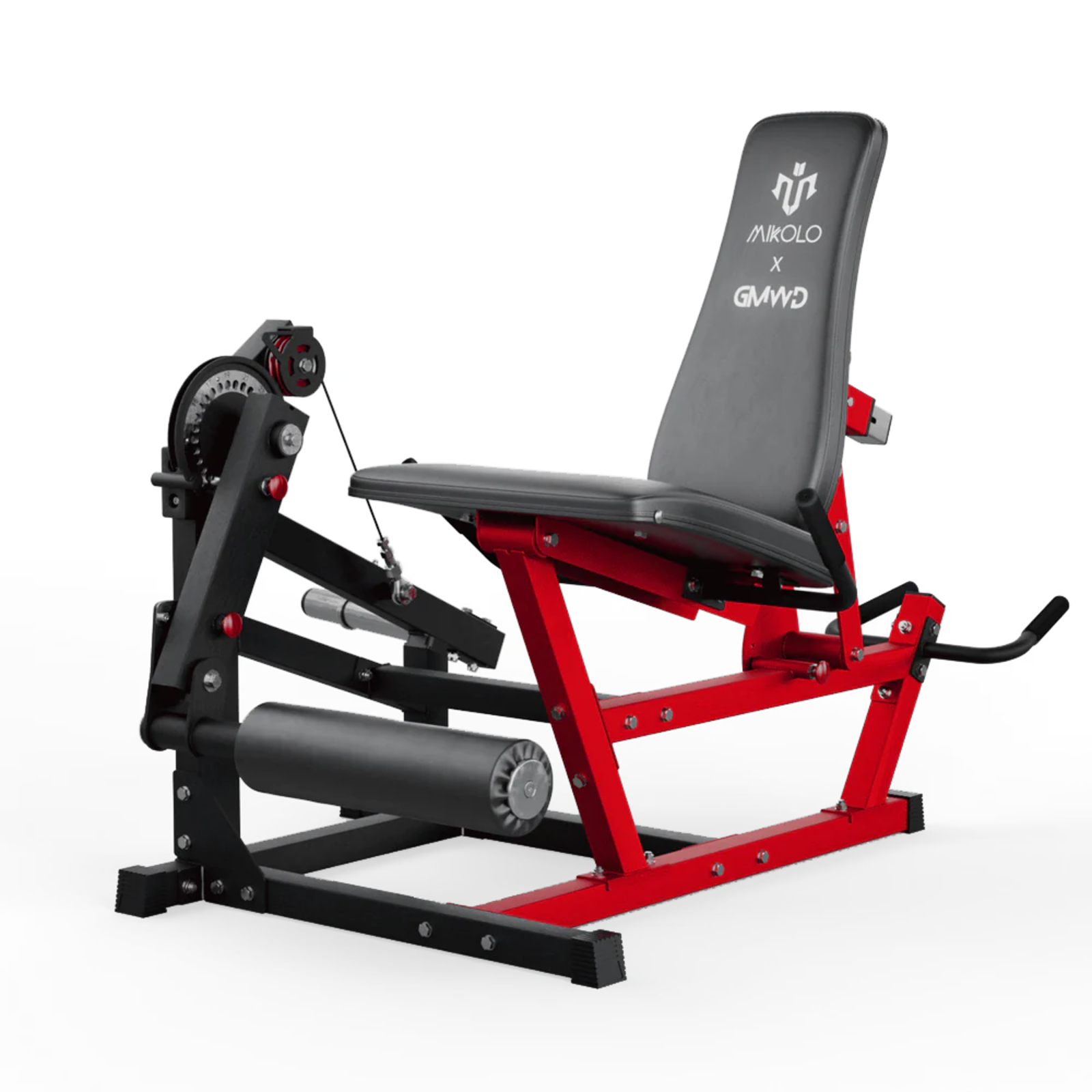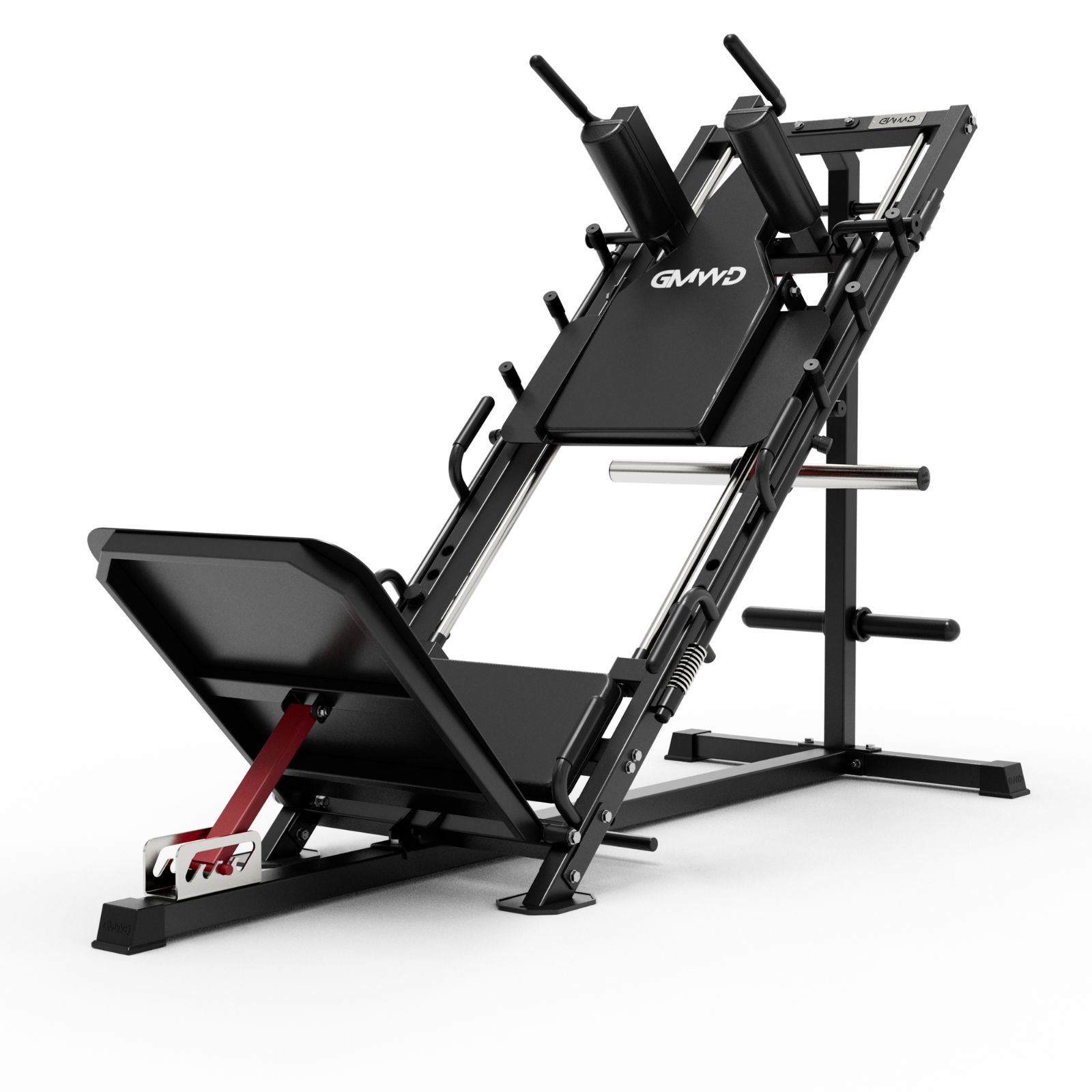Experiencing soreness post workout? It’s called DOMS and is common after intense exercise. This guide explains why it happens and how to manage it, so you can recover faster.
Key Takeaways
-
Post-workout soreness, or DOMS, is a normal response to muscle strain but can be managed with proper recovery techniques.
-
Incorporating cooling down, foam rolling, and effective stretching into your post-workout routine can significantly reduce muscle soreness.
-
Nutrition, including adequate protein intake and hydration, is essential for muscle recovery and improving overall workout performance.
Understanding Post-Workout Soreness

Muscle soreness after a workout is a common experience, often caused by microscopic tears in the muscle fibers. These tears occur when we push our muscles beyond their usual limits, especially during intense workouts. The body’s natural inflammatory response to these tears contributes significantly to the sensation of soreness. This discomfort, formally known as delayed onset muscle soreness (DOMS), usually peaks between 24 to 72 hours after exercise.
Experiencing muscle soreness is normal, particularly after challenging workouts. It’s a sign that your muscles are recovering and getting stronger. In fact, feeling sore between 12 to 48 hours post-workout can be a positive indicator of muscle recovery and adaptation. However, while some soreness is expected, there are ways to manage and reduce the intensity of the discomfort.
Knowing the nature of muscle soreness enables better preparation and recovery from workouts. With this understanding, you can take steps to minimize soreness and boost your athletic performance.
Immediate Steps to Reduce Muscle Soreness

Muscle soreness is common after challenging workouts, but several immediate steps can reduce its intensity. A structured post-workout routine, including cooling down, foam rolling, and stretching, plays a crucial role in muscle recovery and enhances athletic performance.
Light activity after a workout speeds up the body’s ability to drain waste and chemicals linked with muscle aches. These steps help reduce soreness and prepare your body for future workouts.
Cooling Down Properly
A proper cool-down, lasting 10-15 minutes with low-intensity movements, helps avoid fluid accumulation and normalizes breathing. Simple activities like walking or light jogging gradually lower heart rate and promote blood flow, allowing for a break in intensity.
Skipping a cool-down can lead to stiffness and prolonged soreness. Balancing your post-workout routine ensures adequate recovery and reduces the risk of injury.
Foam Rolling for Relief
Foam rolling is an effective muscle recovery technique that alleviates soreness and tension. Using a foam roller for 10 to 15 minutes enhances blood flow, helping muscles relax and recover faster. Focus on areas like quads, hamstrings, and IT band.
Foam rolling in your post-workout routine reduces stiffness and swelling, promoting faster healing and reduce pain. It acts as a self-massage, easing sore muscles and preparing them for the next workout.
Effective Stretching Techniques
Stretching is crucial for post-workout recovery, creating gentle tension without pain. It enhances overall performance, improves flexibility, prevents injuries, and reduces muscle soreness.
Stretch all major muscle groups, holding each stretch for at least 30 seconds. This aids muscle recovery and prepares your body for the next exercises, making workouts more efficient and less painful.
Nutritional Support for Muscle Recovery

Nutrition is crucial for muscle recovery, with protein, hydration, and essential nutrients being key. Consuming the right nutrients post-workout enhances muscle repair, reduces soreness, and supports overall recovery.
A proper post-workout meal should include a balance of protein, carbohydrates, and healthy fats. Foods like quinoa with vegetables and chicken, or peanut butter toast with an apple, can provide the necessary nutrients to fuel recovery.
Protein for Muscle Repair
Protein consumption after a workout is vital for muscle repair and growth, providing essential amino acids for repairing and rebuilding stressed muscle fibers.
Post-exercise protein sources include chocolate milk, protein shakes, or protein bars. Non-animal options like lentils, beans, almonds, and tofu are also excellent. Adequate protein intake significantly impacts muscle recovery and adaptation.
Hydration Strategies
Proper hydration aids muscle recovery by flushing out metabolic waste and supporting bodily functions at the cellular level. Maintaining hydration prevents performance decline and optimizes recovery.
Drink water throughout the day, not just during workouts. Maintaining electrolyte balance through hydration ensures optimal muscle function and recovery. Hydration is essential for your recovery.
Essential Vitamins and Minerals
Vitamins and minerals support muscle recovery and overall health. Vitamin D improves muscle function and may reduce injury risk. Essential minerals like calcium, magnesium, and potassium are crucial for muscle contraction and function.
A balanced intake of these nutrients ensures your muscles have what they need for repair and performance. A diet rich in fruits, vegetables, and whole grains helps meet these nutritional needs.
When to Seek Professional Help

While muscle soreness is usually normal, significant symptoms of severe pain with breathing difficulties or extreme weakness requires immediate medical attention. Please notice this important information.
Persistent muscle pain despite home treatment, or signs of infection like swelling and redness, warrant a visit to a healthcare provider. Consult a doctor if you can’t move limbs without tingling pain after several days.
Long-Term Strategies to Prevent Soreness

Consistent exercise and adequate recovery significantly reduce muscle soreness. A balanced exercise regimen with rest days and cross-training activities prevent soreness and enhance fitness.
Light activity promotes circulation and helps eliminate waste from sore muscles. Integrating these strategies maintains a healthy exercise routine and minimizes prolonged soreness while encouraging motion.
Balanced Exercise Regimen
A diverse workout plan with strength training, flexibility exercises, and cardio prevents overuse injuries and maintains muscle health. Incorporating a form of difference in workouts like yoga and walking balances stress on various muscle groups and promotes movement.
Balancing your exercise regimen improves overall fitness and reduces muscle soreness. A well-rounded routine is essential for achieving the right balance in fitness goals without unnecessary discomfort.
Adequate Recovery Time
Scheduled rest days allow tissues to repair, minimizing prolonged soreness. Incorporating rest days and active recovery techniques like light walking or yoga further mitigates soreness and improves recovery speed in the subsequent days.
Adequate recovery time allows muscles to heal and adapt, reducing injury risk and improving performance in subsequent workouts. Remember, rest is as important as the workout itself.
Cross-Training Benefits
Engaging in various physical activities like swimming and yoga promotes overall fitness and helps prevent muscle soreness. Exercising through cross-training allows different muscle groups to rest while others are engaged.
Incorporating cross-training into your routine enhances fitness levels, reduces muscle soreness risk, and provides a well-rounded approach to achieving fitness goals. It’s a great way to keep workouts interesting and effective.
Summary
In conclusion, managing post-workout soreness involves understanding its causes, taking immediate steps to reduce discomfort, and adopting long-term strategies for prevention. Cooling down properly, foam rolling, and effective stretching are essential immediate actions. Nutrition plays a critical role in muscle recovery, with protein, hydration, and essential vitamins and minerals being key factors.
Long-term strategies, such as a balanced exercise regimen, adequate recovery time, and cross-training, can significantly reduce muscle soreness and enhance overall fitness. By implementing these strategies, you can turn muscle soreness into a sign of progress rather than a setback.
Frequently Asked Questions
What causes muscle soreness after a workout?
Muscle soreness after a workout is caused by microscopic tears in the muscle fibers due to intense exercise, along with the body's inflammatory response to repair these injuries. This is a natural part of the muscle-building process.
How long does delayed onset muscle soreness (DOMS) last?
DOMS typically peaks between 24 to 72 hours post-activity and can persist for several days. It's important to allow your body adequate time to recover.
What are some immediate steps to reduce muscle soreness after a workout?
To effectively reduce muscle soreness after a workout, ensure you cool down properly, utilize foam rolling, and engage in effective stretching techniques. Implementing these immediate steps can significantly alleviate discomfort.
Why is protein important for muscle recovery?
Protein is crucial for muscle recovery because it supplies essential amino acids that repair and rebuild muscle fibers damaged during intense exercise. Consuming adequate protein helps enhance recovery and promotes muscle growth.
When should I seek professional help for muscle soreness?
You should seek professional help for muscle soreness if you experience severe pain accompanied by breathing difficulties, persistent pain despite home treatment, signs of infection, or if you cannot move your limbs without pain after several days.










































Leave a comment
This site is protected by hCaptcha and the hCaptcha Privacy Policy and Terms of Service apply.